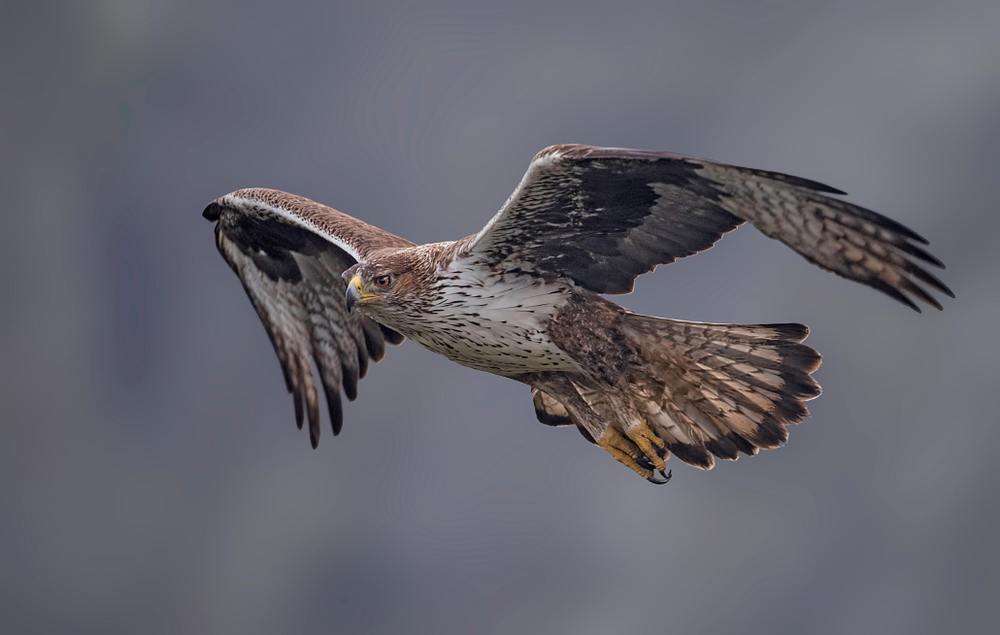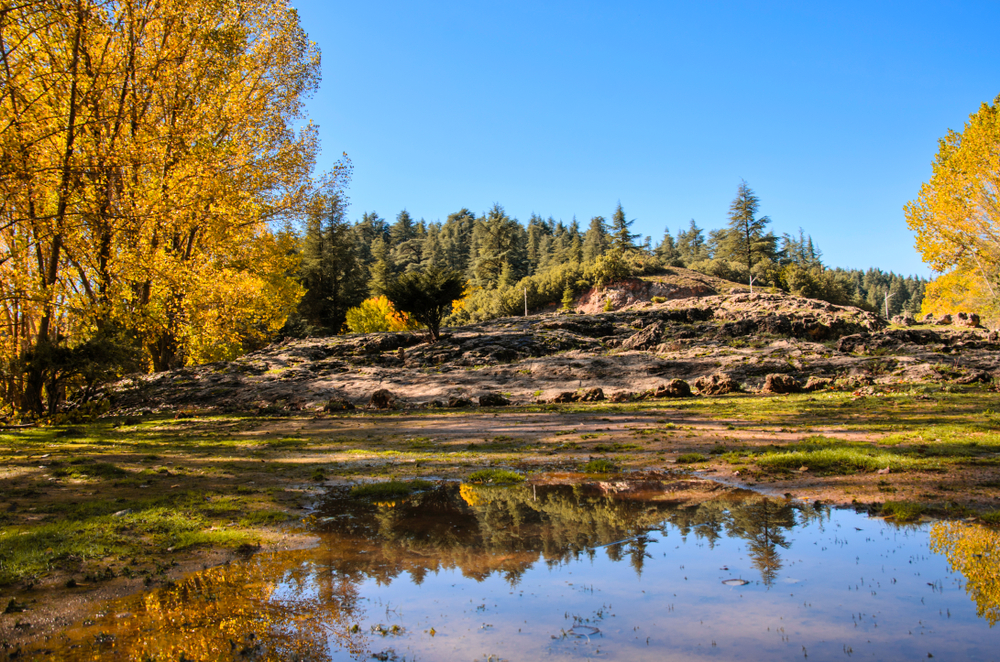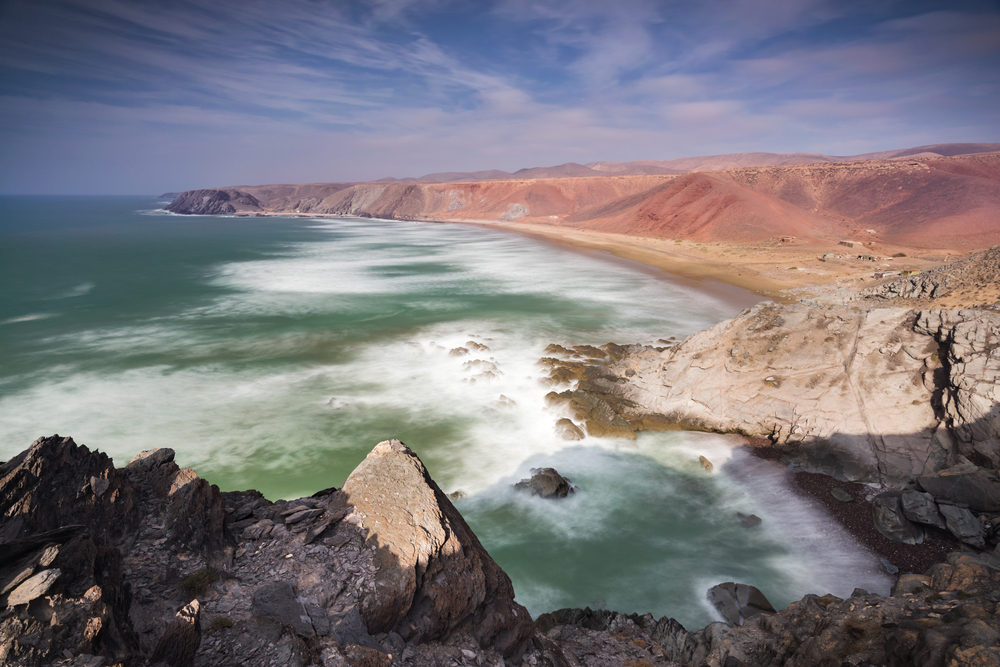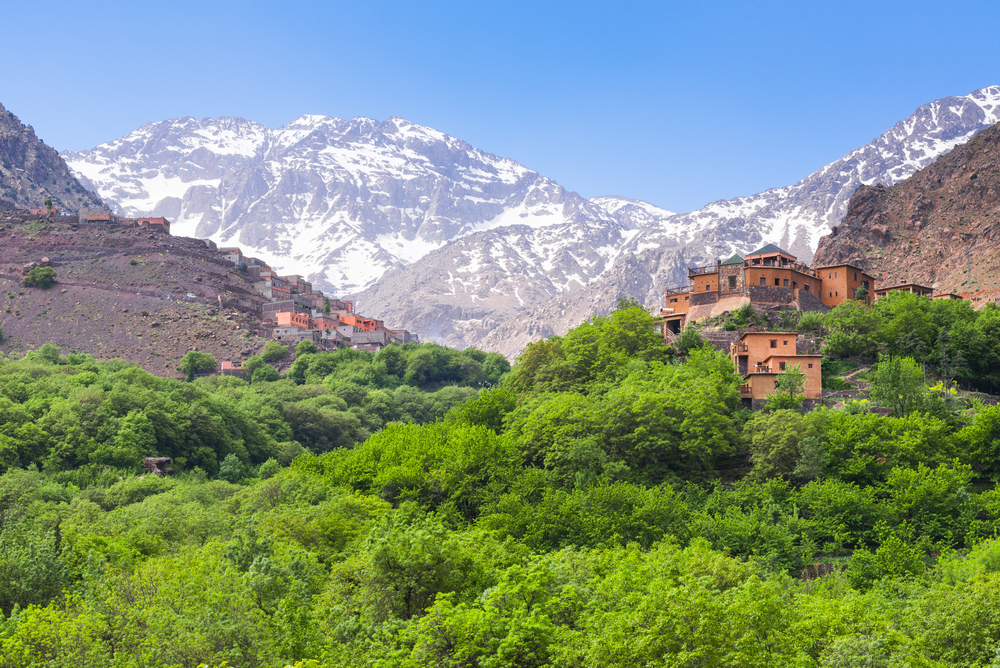Al Hoceima Overview
Al Hoceima National Park, locally known as “Parc National d’Al Hoceima,” is one of Morocco’s most scenic and ecologically significant protected areas. Located along the Mediterranean coast in the northern part of the country, the park spans approximately 480 square kilometers (185 square miles), combining terrestrial and marine environments. Established in 2004, it is known for its dramatic landscapes, diverse ecosystems, and rich biodiversity. The park’s dual coastal and inland habitats make it a key site for conservation and a popular destination for eco-tourism.
The terrain of Al Hoceima National Park is a striking blend of rugged cliffs, sandy beaches, forested hills, and rolling plains. The coastal cliffs, some reaching heights of 700 meters (2,300 feet), drop steeply into the Mediterranean, creating a dramatic and picturesque landscape. Inland, the park features arid shrublands and Mediterranean forests dominated by species such as pine, juniper, and wild olive. Seasonal streams and small wetlands add to the park’s ecological diversity, providing vital habitats for many species.
The park is home to a wide range of wildlife, including several rare and endangered species. Among its most notable inhabitants are the Barbary macaques, which are endemic to North Africa and often spotted in the forested areas. The park’s marine environment is equally rich, supporting species like the endangered Mediterranean monk seal and a variety of fish and crustaceans. Birdlife is abundant, with raptors such as Bonelli’s eagles and ospreys nesting along the cliffs, while migratory seabirds make the park a key stopover on their journeys.
Visitors to Al Hoceima National Park can enjoy a variety of activities that showcase its natural beauty. Hiking trails wind through the forested hills and along the coastal cliffs, offering breathtaking views of the Mediterranean. Kayaking and snorkeling provide opportunities to explore the park’s marine environment, including its underwater biodiversity and rocky coves. Cultural tours in nearby Berber villages allow visitors to learn about traditional practices and the cultural significance of the park’s landscapes.
Despite its beauty, Al Hoceima National Park faces several conservation challenges. Habitat degradation, overfishing, and illegal hunting threaten its terrestrial and marine ecosystems. Urban expansion near the park’s boundaries also increases pressure on its natural resources. Conservation efforts, led by Moroccan authorities in collaboration with international organizations, focus on habitat restoration, sustainable tourism, and community engagement. Educational programs aim to raise awareness about the importance of protecting the park’s unique biodiversity.
Al Hoceima National Park is a vital part of Morocco’s natural and cultural heritage. Its dramatic landscapes, diverse ecosystems, and rare wildlife make it a must-visit destination for eco-tourists and nature enthusiasts. Protecting this park ensures the preservati













































































